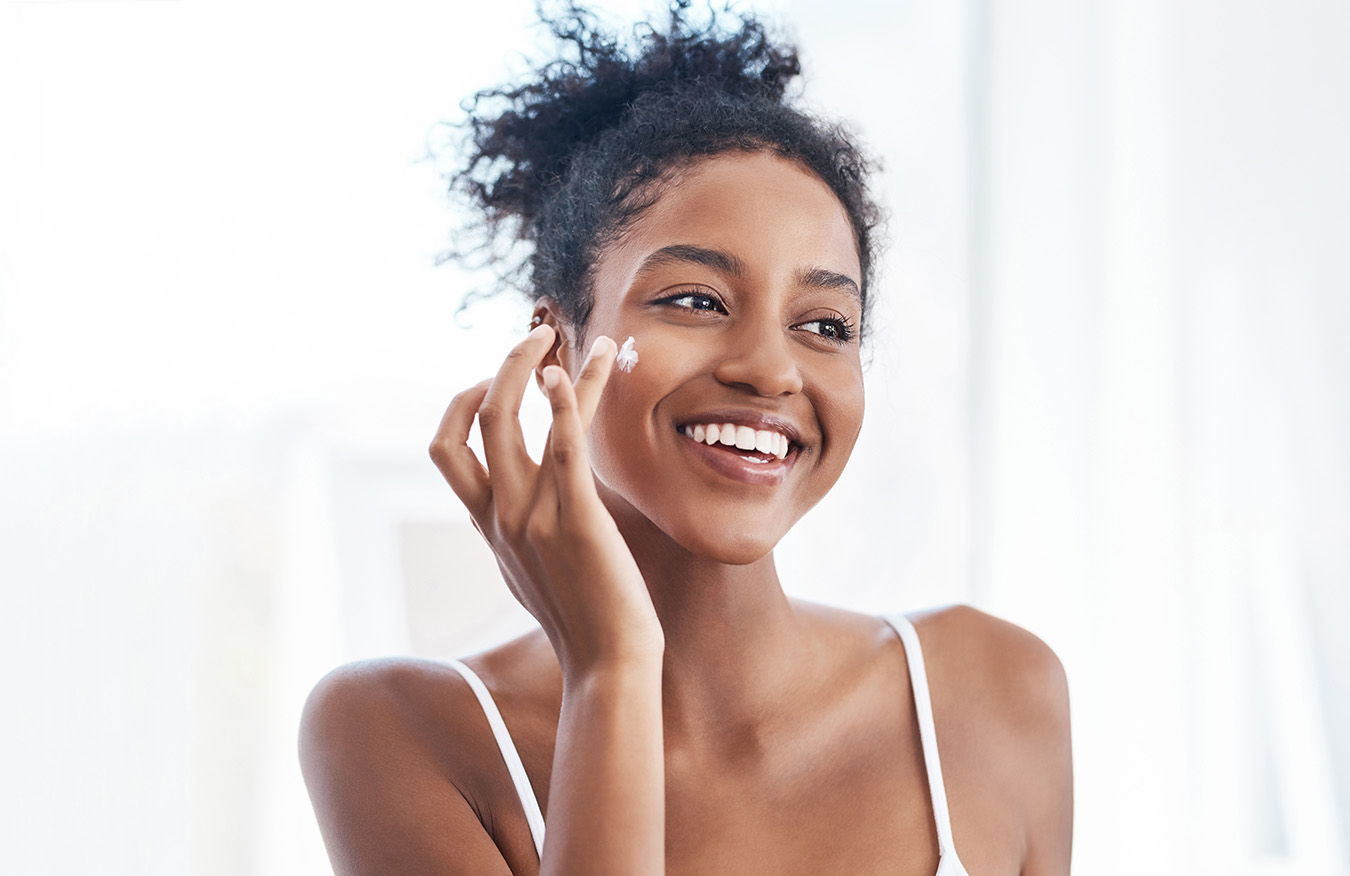What are Retinoids?

Retinoids are everywhere, it seems.
Whether in acne-treatment products or anti-aging ads, they have become a jack-of-all-trades in the skincare world. But how much do you really know about how this chemical workhorse
Probably not a lot if you’re the average layperson. Yet, retinoids have been around for decades, a valuable tool in a dermatologist’s toolbox.
“We’ve known about them at least since the ‘70s,” says Jonette Keri, M.D., Ph.D., a dermatologist with the University of Miami Health System. “Originally, they were approved [by the U.S. Food and Drug Administration] for the treatment of acne. But we’ve found they’re effective for many other conditions.”
Over the years, retinoids have been used to treat a range of skin disorders, from psoriasis to cancer to pigmentation problems. Perhaps their most popular application, however, is combatting fine lines and wrinkles. Their prowess is often touted in bold letters on a product’s receptacle or website.
Retinoids are made from vitamin A. “Essentially, they took Vitamin A and tweaked it,” Dr. Keri explains. Like other vitamins, A is essential to health, namely cell growth, vision, and immunity.
Vitamin A comes in two forms: from plants (known as beta-carotene) or from animal products. It’s the latter that is useful to skincare.
Early researchers discovered that retinoids cause superficial peeling. This peeling helps clear (and prevent) the clogging of pores, which often results in unsightly acne. Isotretinoin, a type of retinoid, was found to be the only medication that worked on some instances of stubborn acne. “Instead of the normal skin turnover of about 28 days,” Dr. Keri says, “retinoids were found to speed up that process.”
Along the way, scientists also discovered that retinoids worked as an anti-aging product. They seep past the outer layer of skin known as the epidermis to the middle layer of skin, or the dermis, where they “neutralize” the free radicals that can age skin. They also prompt the body to make more collagen, a protein that makes our skin firm and elastic. This is important because we produce less collagen as we age. In addition, our aging bodies break down collagen (as well as elastin). Retinoids, on the other hand, “make the skin plumper and more youthful.”
What’s more, retinoids can help erase flat skin discolorations, such as acne stains, freckles, age spots, and other signs of sun damage
Before rushing out to buy a retinoid product, however, Dr. Keri suggests you familiarize yourself with your options:
Retinoids come in several forms: gel, creams, foams, and liquids. Your goal should determine your product. Alcohol-based gels, for instance, are typically used for acne and can be more potent than other forms, though not always. They can also be more irritating. (Foams, too, can irritate sensitive skin.)
Those looking to combat fine lines and wrinkles will find that creams are best.
Patients looking for anti-aging help want something creamier.
Dr. Keri
Retinoids come in different strengths and can be bought over the counter or by prescription. It’s best to start with a weaker OTC formula before moving up.
Retinol is a type of retinoid found in OTC products.
Most people tolerate it. Another kind of retinoid, retinyl palmitate, is also a popular component of OTC products. It’s beneficial for people with sensitive or excessively dry skin.
Stronger retinoids are available only through prescription. These include tretinoin, adapalene (higher percentage strength), tazarotene, and trifarotene.
Keri warns that most insurances won’t pay for prescription retinoids for acne patients older than 25 – a frustrating obstacle because acne afflicts some people, particularly women, well into their 40s.
Use most retinoid products at night before going to bed. In the case of some retinoids, the sun breaks down the Vitamin A compounds, reducing their effectiveness. (Check with your dermatologist.) That said, always use sunscreen, whether or not you’re using a retinoid product. Also, use the retinoid product sparingly. A small drop is enough to cover your face. Using too much can result in drying, itching, or redness.
“I often suggest trying it out every other night to see how you tolerate a product,” Dr. Keri says. She also recommends applying the product (and sunscreen) on the neck, hands, and top parts of the chest. “We forget we also age there.”
Be patient. Retinoids don’t work overnight.
“It takes months to see changes,” Dr. Keri says. “The really good results come in at about 18 months.”
She cautions that retinoid treatment for fine lines and wrinkles is not a one-and-done treatment. For long-lasting results, “you have to use them for life.”

Ana Veciana-Suarez, Guest Columnist
Ana is a regular contributor to the University of Miami Health System. She is a renowned journalist and author who has worked at The Miami Herald, The Miami News, and The Palm Beach Post. Visit her website at anavecianasuarez.com or follow @AnaVeciana on Twitter.
Tags: dermatology, Dr. Jonette Keri, healthy skin, vitamin A
